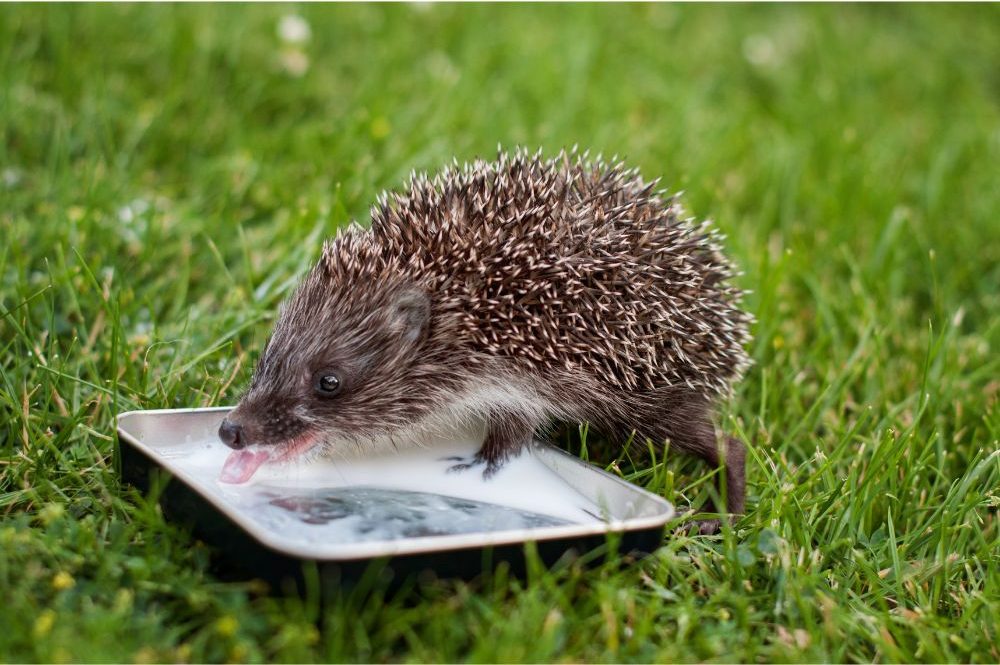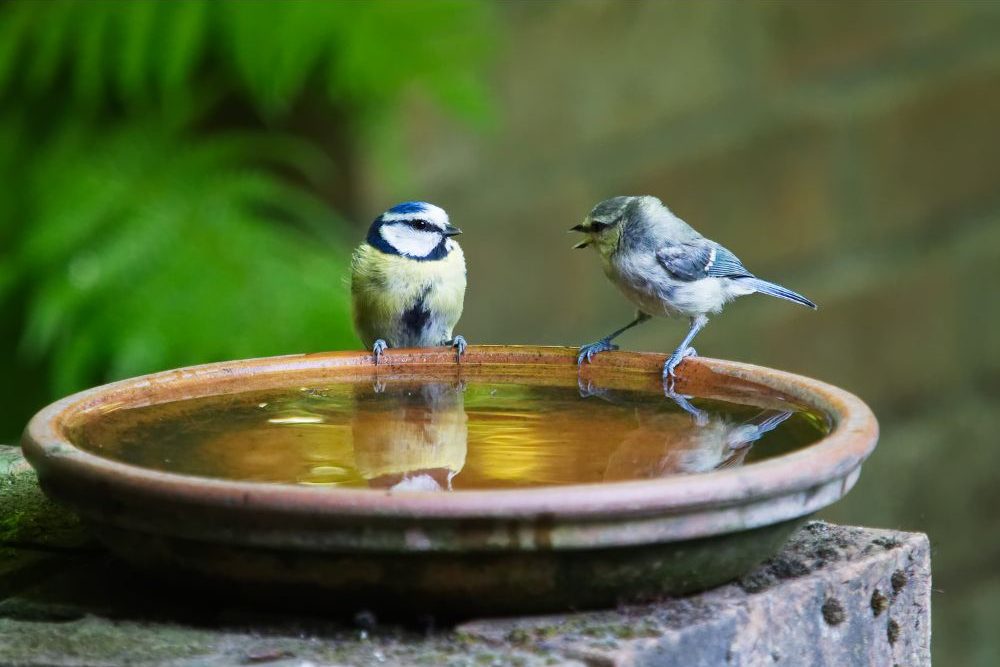
To capture wild animals, you don´t have to go on a long hike into the wilderness or travel to a far-off country. And you don´t have to visit your local Zoo either. Often, the most exciting wildlife action is happening right in your own backyard! Looking for wildlife in your backyard can be a fun way to spend some time outdoors. It’s also a great way to learn about the different animals that live in your area.
Garden is full of life and surprises. By being still and paying attention, you can see all sorts of animals right outside your door! To get started photographing backyard wildlife, all you need is a camera, patience, and a little bit of luck.

Butterflies, birds on a wire, or squirrels playing in the trees are all fun subjects to photograph. But they can be difficult to capture because they´re constantly moving. With a little practice, you´ll be able to time your shots so you can freeze the action in mid-air!
If you live in an area with a lot of trees, you may be able to find squirrels, birds, and other small animals in your backyard. Be patient and quiet, and you may get lucky enough to see some wildlife up close! You can also look for animal tracks in the mud or snow to see what kind of creatures have been visiting your backyard.
You can take pictures of wildlife in your backyard by using a camera with a good zoom lens. Be sure to get close enough to the animal to get a good picture, but don’t scare it away! You can also put out bird feeders and water bowls to attract wildlife to your yard. Just be sure to clean up the food and water regularly to avoid attracting rodents or other pests.

To get started, find a comfortable spot where you can sit or stand without being too close to your subjects. Then, wait for the perfect moment to press the shutter button. When an animal is in motion, it´s best to use a fast shutter speed so you can capture the action without any blur.
The best camera settings for backyard wildlife
Set your aperture to a larger number, such as f/8. This will ensure that your photo is sharp and in focus. If you want to take portrait of the animal, set your aperture to a smaller number, such as f/2.8 or f/4. This will create a shallow depth of field, which means that the animal will be in focus and the background will be blurry.
Set your shutter speed to at least 1/250th of a second. This will help to freeze the animal’s movement and prevent blur. You should use ISO to a low number, such as 100 or 200. This will help to keep your photo from being too grainy or noisy.
If you are just starting to learn how your camera works, it is always good to use Automatic settings. The camera will automatically set the aperture, shutter speed, and ISO for you. It is a great way to learn about how these settings affect your photo.

Once you´ve got your camera gear sorted out, it´s time to start exploring your backyard! Pay attention to the sounds you hear and the movement you see. If you spot an animal, creep up slowly and try to get as close as you can without disturbing its natural behavior. And most importantly, have fun! Backyard wildlife photography is a great way to relax and connect with nature, right in your own home.
But the most interesting creatures living in your garden are very small, and a macro lens is needed to photograph them. That’s what we call macro photography and we will explore that in more detail in the next chapter.
In the meantime, have fun exploring the backyard wildlife in your own backyard!

Here are some tips to help you get great photos of backyard wildlife:
1. Get close – but not too close! The key to getting great photos of backyard wildlife is to get close to your subjects without disturbing them. A telephoto lens is a great tool for getting close-ups without disturbing the animals you’re trying to photograph.
2. Be patient – wildlife is often unpredictable, so it pays to be patient when photographing backyard wildlife. If you wait patiently, you may be rewarded with some great photo opportunities!
3. Use a fast shutter speed – if you’re photographing animals in motion, it’s important to use a fast shutter speed so you can capture the action without any blur.
4. Experiment with different settings – don’t be afraid to experiment with different aperture, shutter speed, and ISO settings to see what works best for you.
5. Have fun! – above all, remember to have fun when photographing backyard wildlife. It’s a great way to relax and connect with nature, right in your own home.
